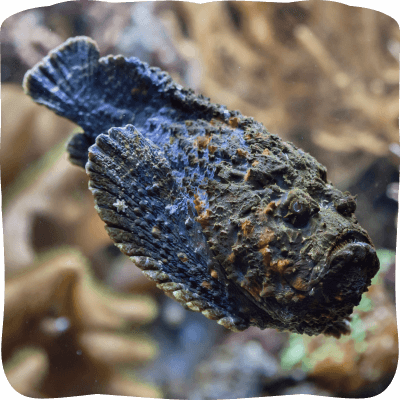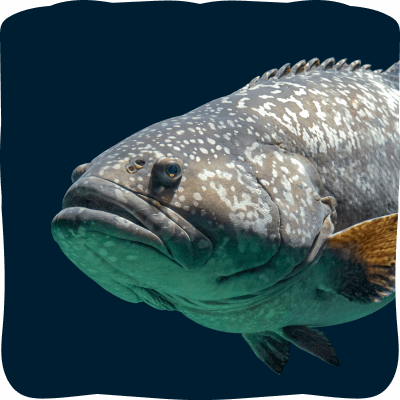The Burmese python (Python bivittatus) is one of the largest species of snakes. They are often found near water, marshy type areas, and are sometimes semiaquatic, but can also be found in trees.
It is an excellent swimmer and needs a permanent source of water. It lives in grasslands, marshes, swamps, rocky foothills, woodlands, river valleys, and jungles with open clearings. It is a good climber and has a prehensile tail.
Meet the Animals
Burmese Python
Quick Facts
Burmese Python
Python bivittatus
- How Big?
3.7 m (12 ft) to 5.7 m (18 ft 10 in) long.
- Life Span
Between 20 and 25 years.
- Weight
The weight varies from 70 Kg to 170 Kg (155 to 375 pounds).
- Eats
Like all snakes, the Burmese python is carnivorous.
Overview
Burmese Python
Where
The Burmese python occurs throughout Southern and Southeast Asia, including eastern India, southeastern Nepal, western Bhutan, southeastern Bangladesh, Myanmar, Thailand, Laos, Cambodia, Vietnam, northern continental Malaysia, and in southern China in Fujian, Jiangxi, Guangdong, Hainan, Guangxi, and Yunnan. It also occurs in Hong Kong, and in Indonesia on Java, southern Sulawesi, Bali, and Sumbawa.
Growth
The Burmese python is a dark-colored snake with many brown blotches bordered in black down the back. In the wild, Burmese pythons typically grow to 5 m (16 ft), while specimens of more than 7 m (23 ft) are uncommon. This species is sexually dimorphic in size; females average only slightly longer, but are considerably heavier and bulkier than the males.
Off Spring
The Burmese python is sexual and oviparous, that is, they lay eggs. Burmese pythons breed in the early spring, with females laying clutches of 12–36 eggs in March or April. They remain with the eggs until they hatch, wrapping around them and twitching their muscles in such a way as to raise the ambient temperature around the eggs by several degrees. Once the hatchlings use their egg tooth to cut their way out of their eggs, no further maternal care is given. The newly hatched babies often remain inside their eggs until they are ready to complete their first shedding of skin, after which they hunt for their first meal.
Behaviour
Burmese pythons are mainly nocturnal rainforest dwellers. When young, they are equally at home on the ground and in trees, but as they gain girth, they tend to restrict most of their movements to the ground. They are also excellent swimmers, being able to stay submerged for up to half an hour. Burmese pythons spend the majority of their time hidden in the underbrush. They tend to be a solitary species and are usually found in pairs only when mating.
Feeds on
Like all snakes, the Burmese python is carnivorous. Its diet consists primarily of appropriately sized birds and mammals. The snake uses its sharp, rearward-pointing teeth to seize its prey, then wraps its body around the prey, at the same time contracting its muscles, killing the prey by constriction. It is often found near human habitation due to the presence of rats, mice, and other vermin as a food source. Exceptionally large pythons may even require larger food items such as pigs or goats, and are known to have attacked and eaten alligators and adult deer in Florida, where they are an invasive species.
You may also like
Previous
Next







